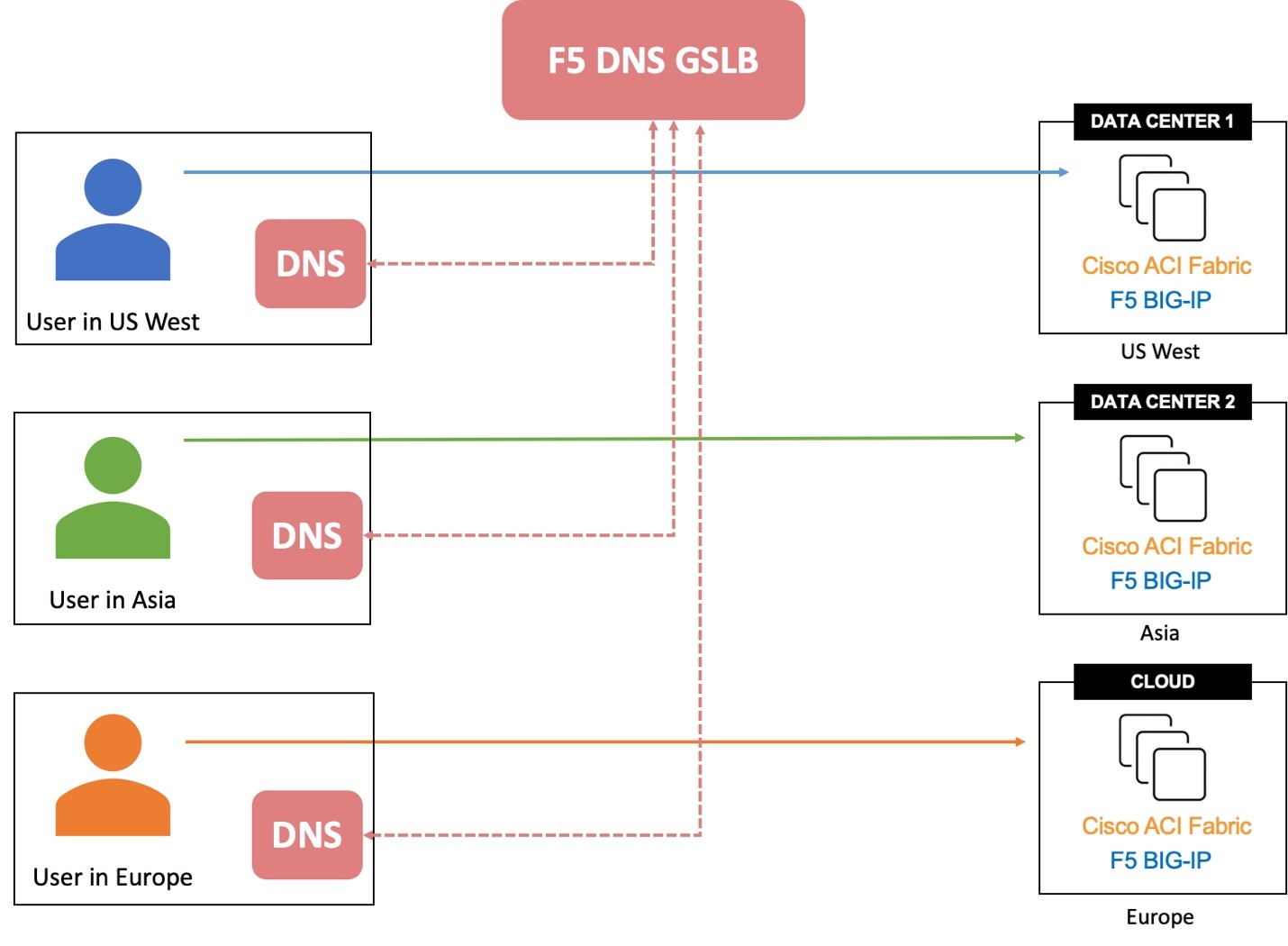Hybrid and multi-cloud have become the reality when it comes to delivering applications, software, infrastructure, security, and other key networking capabilities at scale. While hybrid and multi-cloud deliver flexibility that can help our customers optimize on cost, they can come with their own risks and operational complexity.
Application Centric Infrastructure (ACI) and Nexus Dashboard, two of Cisco’s core data center solutions, are designed to alleviate that complexity. ACI enables customers to automate, secure, and accelerate the provisioning of their networks. With Nexus Dashboard, customers can quicken and simplify network orchestration with built-in Infrastructure-as-Code and automation tools, they can gain comprehensive visibility and minimize downtime by leveraging the platform’s powerful analytics, and they can ensure business compliance and keep their networks running smoothly by taking advantage of embedded software recommendations. Most importantly, Nexus Dashboard enables users to unify their operations by consolidating a powerful and consistent operational model under a single pane of glass.
In general, Cisco builds solutions that ensure high application availability and performance, as we strive to create good experiences for developers and users. Furthermore, Cisco’s API’s, open platforms, ecosystem technology partnerships and integrations, such as our decade-long, strategic partnership with F5, make these tools even more powerful. More than half of the ACI installed base has F5 BIG-IP in their data center networks, and the integration between BIG-IP and Cisco’s toolset helps ensure that our mutual customers benefit from enhanced application availability and performance.
Another important use case of this integration is to simplify both BIG-IP and ACI provisioning and troubleshooting. Our teams have worked together to create resources like the ACI-BIG-IP Design Guide, as well as Red Hat Ansible playbooks and HashiCorp Terraform resources to automate provisioning processes. We also built and continue to add new features to our F5 ACI ServiceCenter App. ServiceCenter is a unified solution that enables our common customer base to consume networking and application delivery services together. It serves as a single point of automation for managing L2-L3 and L4-L7 infrastructure and provides enhanced visibility into Cisco ACI and BIG-IP.
Announcing global server load balancing across sites
We are now excited to take the next step forward in our partnership with F5 with support for global server load balancing across sites. We are introducing a F5 BIG-IP DNS integration with Cisco ACI Multi-Site/Multi-Pod. This is essential for organizations who rely on multiple sites to bring apps in-location to users for the best performance and experience, and as a result need more sophisticated rerouting capabilities to reliably serve a global, distributed audience.

distributes user traffic to the best LB based on location.
This is one step of many more to come, and I look forward to our partnership continuing to pave the way for more successful hybrid multi-cloud deployments and superior application performance for our joint customers.
Together, F5 and Cisco are empowering network and application teams with the solutions they need to ensure apps are available and performing at all times and under any circumstances—from overloaded servers to down sites. We are ensuring that our customers can operate successfully in our new hybrid multi-cloud reality.
Our latest white paper explains global server load balancing for Cisco ACI Multi-Site/Multi-Pod and F5 BIG-IP deployments in detail and provides multiple design recommendations to support a wide range of enterprise requirements around application performance and resiliency. In addition, once BIG-IP DNS is deployed in your environment, there is a host of capabilities you can unlock including superior DNS performance, more layers of security, reporting and analytics, and health monitoring.

CONNECT WITH US